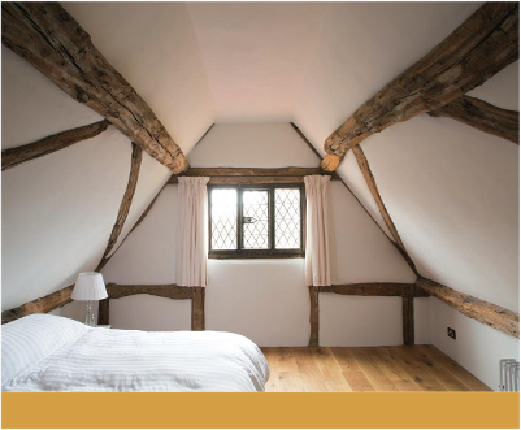Civil Engineering Reference
In-Depth Information
chemicals mean they fall a long way short of being natural, healthy or 'eco-friendly'. Like-
wise, paints are often described as 'eco-paints' to indicate the fact that they meet current
EU requirements for low VOCs, but these paints are not necessarily breathable, or may be
breathable only to a certain degree.
Unfortunately, at present it is up to the consumer to ask the right questions to find out if a
particular paint really is what it says it is. If you are confused, there are various websites,
independent ecobuilding suppliers and topics that can help you negotiate through the maze
(see
Resources
). A good test is to see whether the manufacturer prints a comprehensive list
of ingredients on the tin, and also states where these ingredients came from.
Clearly, lower embodied energy and low (or zero) VOC content are desirable attributes in
paints, but for use with hempcrete the most desirable attribute is breathability - permeab-
ility to moisture vapour - so it is worth finding a paint that confirms the exact level of per-
meability on the tin rather than one that the supplier just claims verbally to be breathable.
After all the trouble of creating your breathable wall, it is important not to get it wrong at
this stage and seal up the surface with a paint. Again, natural/heritage building materials
suppliers should be able to provide appropriate information on their own stock of breath-
able paints. Most sell such paints as suitable for painting over lime plasters, and many also
stock a ready-made limewash, which can be supplied pre-coloured with natural pigments
or you can add these on-site.
Natural breathable paints complement hempcrete perfectly.

Search WWH ::

Custom Search